2022-07-27 17:22:15 Hadesheng View: 588
During the storage of grain, due to the changes of environment, climate, ventilation conditions and other factors, the temperature or humidity in the granary will be abnormal, which is very easy to cause grain decay or insect pests. At the same time, the quality of grain storage in the granary is also affected by the gas, microorganisms and other pests in the granary. In order to ensure that the grain warehouse has a normal temperature and humidity environment, it is necessary to monitor the temperature in the warehouse, including the temperature and humidity in the grain.
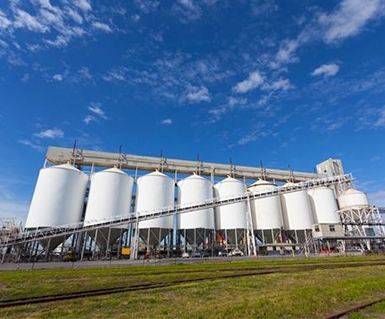
Therefore, RFID tag technology has launched a solution based on RFID long-distance RF technology. RFID electronic tag management is safe and stable, and the operation is convenient and simple. It only needs RFID electronic tag and the corresponding card reader. At the same time, only a few transmission lines are needed in the warehouse. Data transmission can be completed only by wireless.

Traditional granaries generally rely on a non automated, paper-based system to record and track incoming and outgoing goods, which is completely managed by the internal management of the manual experimental warehouse. Therefore, the efficiency of warehouse management is extremely low, and the scale of the warehouse that can be managed is also small. With the continuous development of enterprise scale, the types and quantity of grain managed by grain warehouses are also increasing, and the frequency of warehousing and delivery has increased sharply. The warehouse management operations have also been very complex and diverse. When warehousing, many different types of grain are often warehoused at the same time, and several packages of different types of grain are often required to be warehoused in each order.
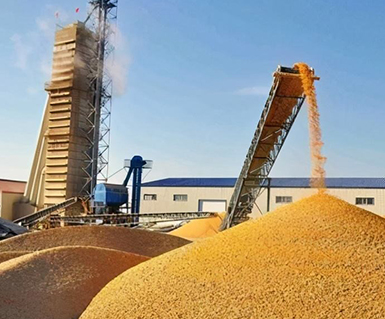
At this time, the error rate is very high by manually counting the stock in and stock out. The traditional manual warehouse operation mode and data collection method have been difficult to meet the requirements of fast and accurate warehouse management, which has seriously affected the operation efficiency of enterprises and become a major obstacle to the development of enterprises.
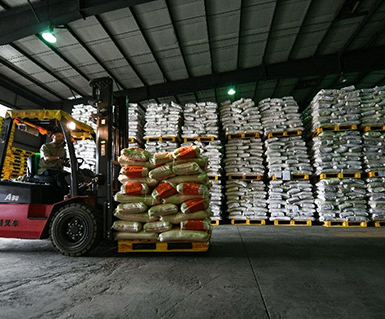
RFID electronic tags are mainly pasted on the food tray to be warehoused by the staff, so that the food can be more convenient and fast in the process of warehousing. In the RFID electronic tag of grain warehousing, the staff reads the information in the tag and enters it into the electronic tag, so that all the information on the tray will be stored in the terminal computer system. Advanced data compression technology is adopted in the tag information processing, and the item information can be understood by scanning the electronic tag only once, eliminating the manpower and material resources required for unpacking, saving time, and reducing the error rate and the probability of goods damage, Realize fast and accurate inventory counting and improve the overall transparency of enterprise logistics. Improve the reliability of data in the management information system, efficient and accurate data collection, improve operation efficiency, partition inventory, real-time timely work guidance, accurate and efficient use of scarce resources, and improve production and operation capacity.
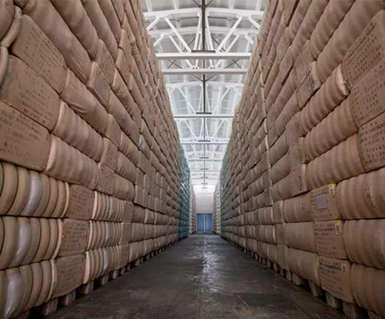
The working principle of Hadesheng RFID tag compounding machine is to bond the antenna and inlay first, and then compound the blank tag with the bonded inlay through the die-cutting station. If it needs to be made into a self-adhesive type, it needs to add adhesive and backing paper. If it is made into a tag type, it can directly process the tag data, and the finished RFID tag can be directly applied in the terminal.
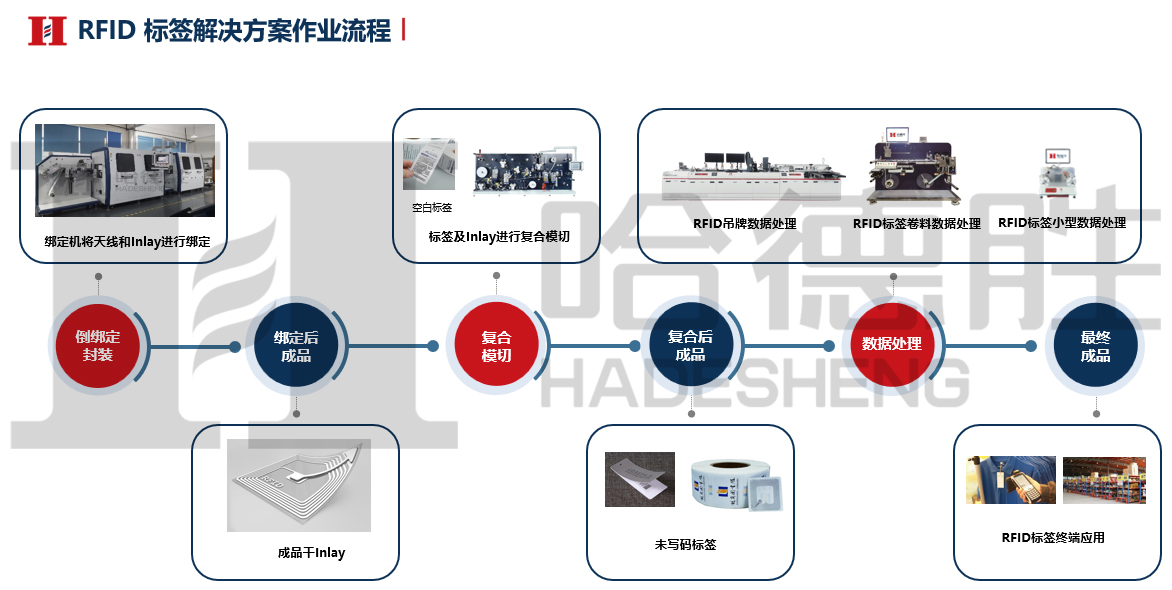
Integrating RFID tag technology into the existing grain warehouse management system can achieve the following advantages:
1. Improve the accuracy of grain warehouse management, reduce or even overcome the high error rate of manual counting, strengthen inventory control, reduce the dependence on personnel, and improve enterprise efficiency;
2. The application of RFID technology can overcome the waste of human resources caused by multi head statistics, reduce the cost of grain storage management, and improve the business efficiency of enterprises;
3. The traceability of RFID technology, the guarantee of specifications and the improvement of supply chain efficiency will reduce production costs.
4. RFID technology is integrated into the grain warehouse management system, and two kinds of electronic labels, cargo packaging and cargo location, are used to assist in warehouse management and improve enterprise efficiency;
5. Minimum packaging unit management, that is, each stored minimum packaging unit has a unique identifier, which provides support for fine inventory management;
6. In the management of warehouse moving, the warehouse keeper can quickly locate the goods according to the electronic label and automatically adjust the position in the system;
7. Improve the utilization rate of warehouse, and increase the utilization rate of warehouse from 30% to 80%.
8. Distinguish physical inventory and account inventory, effectively manage the time difference between tickets and materials, and facilitate the reconciliation between warehouse and finance.
9. It can effectively overcome the disadvantages of data mismatch and delayed information feedback.
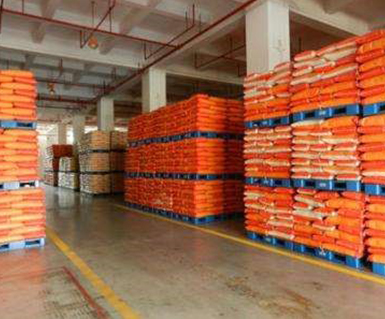
Hadesheng RFID label high-speed laminating machine adopts dry and wet inlay transfer, and the dry inlay cutting jump distance is 12mm; Four independent inlays, four layer nesting compound; Self adhesive paper separation and recombination; Three die cutting, upper / lower knife. Performance advantages: the maximum running speed can reach 100m/min, and the amount of finished pieces every eight hours is 40W; Stable production accuracy < ± 0.5mm, frame cutting accuracy < ± 0.2mm; Inlay waste removal and labeling, visual inspection, finished product defect detection + identification function.

The application of RFID technology is an effective method to improve the modern grain logistics information system. It provides the most comprehensive data support for all subsystems of the modern grain logistics information system (such as grain and food flow storage subsystem, grain logistics transportation subsystem, grain logistics business subsystem, grain logistics distribution subsystem, etc.), which can ensure the consistency and sharing of information in the whole system.